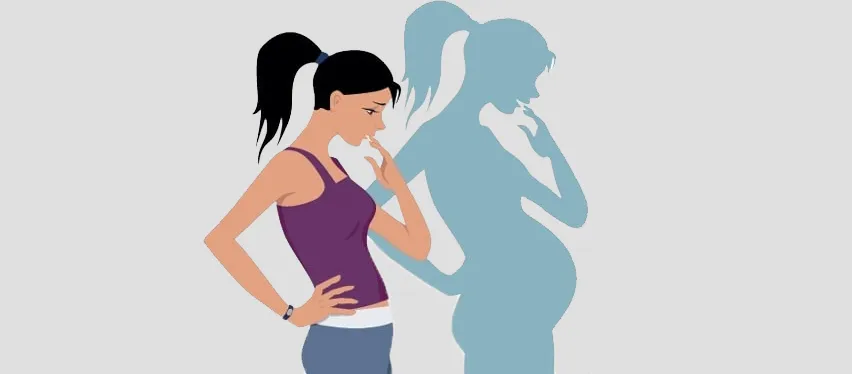Infertility Treatments: Surgical options & considerations
Infertility operations encompass surgical procedures designed to address infertility issues. These procedures aim to diagnose, treat, or improve fertility when conception is challenging. The specific operation depends on the underlying cause of infertility. Here are some common procedures:
Fertility treatments involve a range of medical procedures designed to assist conception, from intrauterine insemination (IUI), to in vitro fertilization (IVF). These treatments may include hormone therapy, egg retrieval, sperm injection, and embryo transfer, all carefully tailored to each patient's needs.

- Hysteroscopy: A minimally invasive procedure using a thin, lighted tube (hysteroscope) inserted through the vagina and cervix into the uterus. It allows diagnosis and treatment of uterine conditions like polyps, fibroids, or adhesions that may hinder fertility.
- Laparoscopy: This surgery involves small abdominal incisions and a thin, lighted instrument (laparoscope) to view pelvic organs. It can diagnose and treat conditions like endometriosis, ovarian cysts, or blocked fallopian tubes.
- Tubal Ligation Reversal: This surgery reverses a previous tubal ligation ("tubes tied") by reconnecting the fallopian tubes, potentially enabling natural conception.
- Varicocelectomy: Surgery to treat a varicocele (enlarged veins in the scrotum). Varicoceles can affect sperm production and quality; removal may improve fertility.
- Testicular Sperm Extraction (TESE): A surgical procedure to retrieve sperm directly from the testicles in men with no sperm in their semen (azoospermia). The retrieved sperm can be used for assisted reproductive techniques like IVF or ICSI.
- Myomectomy: This surgery removes fibroids (benign uterine growths) that can impact fertility. It can be performed via hysteroscopy, laparoscopy, or open surgery.
It's important to understand that surgery isn't always necessary for infertility. Many cases can be treated with medication, hormone therapy, lifestyle changes, or assisted reproductive technologies (ART) like IVF. A fertility specialist can assess your situation and recommend the most appropriate treatment.
Male Infertility
Male infertility is the inability to conceive after a year of regular unprotected intercourse with a fertile partner. It arises from issues affecting sperm production, movement, or function.
Common Causes of Male Infertility:
- Low Sperm Count (Oligospermia): Fewer sperm than normal in semen, reducing fertilization chances.
- Abnormal Sperm Shape (Teratozoospermia): Abnormally shaped sperm may struggle to reach and fertilize an egg.
- Poor Sperm Motility (Asthenozoospermia): Poor sperm movement may prevent them from reaching the egg.
- Erectile Dysfunction: Difficulty achieving or maintaining an erection.
- Varicocele: Enlarged veins in the scrotum, potentially increasing testicular temperature and affecting sperm.
- Hormonal Imbalances: Low testosterone or other imbalances can affect sperm production.
- Blockages/Obstructions: Blockages in the epididymis or ejaculatory ducts can prevent sperm from reaching semen.
- Genetic Factors: Genetic abnormalities can affect sperm.
- Infections: Certain infections (e.g., STIs) can damage the reproductive system.
- Lifestyle Factors: Smoking, excessive alcohol, drug use, obesity, and environmental toxins can negatively impact sperm.
Diagnosis involves a detailed medical history, physical exam, semen analysis, hormone testing, and other specialized tests. Treatment depends on the cause and may include lifestyle changes, medication, surgery, or ART (IUI, IVF/ICSI).
Infertility can affect both partners. Both may need evaluations and treatment. Consult a healthcare professional or fertility specialist for evaluation and guidance.
Female Infertility
Understanding Female Infertility
Female infertility is a condition where a woman has difficulty conceiving despite regular, unprotected intercourse for a prolonged period. It can be caused by various factors, including hormonal imbalances, ovulation disorders, blocked fallopian tubes, endometriosis, or age-related decline in fertility. In some cases, lifestyle factors such as stress, poor nutrition, and underlying health conditions may also contribute to infertility. While it can be a challenging and emotional journey, modern medical advancements offer numerous solutions to help women achieve pregnancy.
Diagnosis and Treatment Options
Diagnosing female infertility typically involves a series of medical evaluations, including hormone level tests, ultrasound scans, and specialized fertility assessments. Once the cause is identified, treatment options are tailored to the individual’s specific needs. Ovulation-inducing medications, such as Clomid or hormonal therapy, are often prescribed to regulate cycles and increase the chances of conception. For women with blocked fallopian tubes or severe endometriosis, surgical procedures may be necessary. Assisted reproductive technologies (ART) like in vitro fertilization (IVF) and intrauterine insemination (IUI) provide additional options for those facing complex fertility challenges.
Hope and Support for Women Facing Infertility
Dealing with infertility can be emotionally and physically demanding, but women should know they are not alone. Seeking professional medical guidance, maintaining a healthy lifestyle, and exploring support groups can significantly help throughout the process. Many women who once struggled with infertility have successfully conceived thanks to cutting-edge treatments and personalized care. If you are facing fertility challenges, don’t lose hope—there are effective solutions available to help you start or grow your family.
